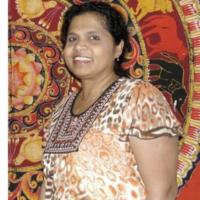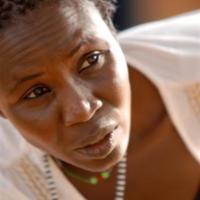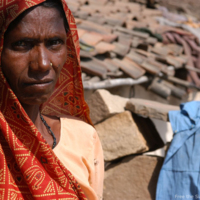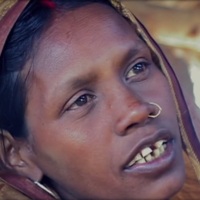
My master, a man called Amola Zono, lived in his family village of Toudoun Adaraoua. He was Hausa. I was his only wahaya and my clothes set me apart from his four legal wives. They dressed decently, while my clothes barely covered me. He used to come to me at night in secret for sex. My workload was heavy: fetching water for all the family; fetching water for livestock (over 100 cattle); hulling and pounding grain (millet and sorghum) for food and foodstuffs; providing firewood for the family; large preparations – the day before and on the days of community gatherings in the master’s fields during the rainy season (for 30 to 40 people); washing up; preparing the mistresses’ and the master’s beds; looking after the children and keeping the courtyard clean – these were my tasks until my master’s death.
As told to Anti-Slavery International









